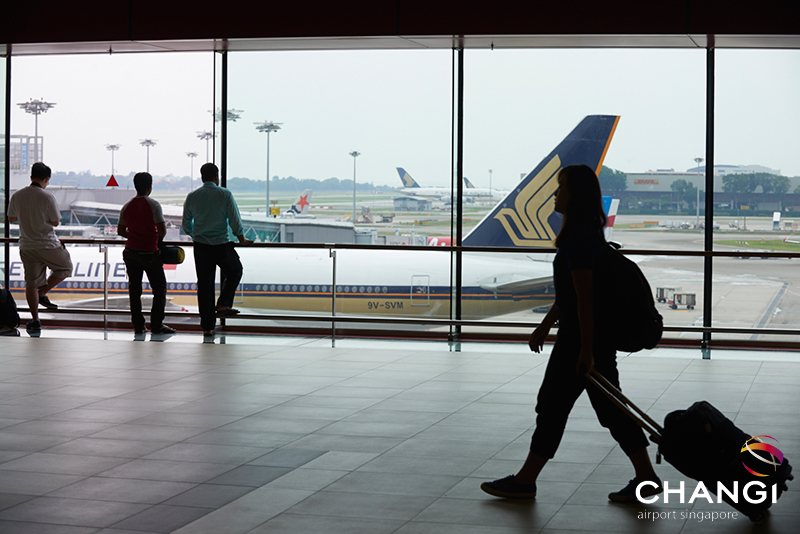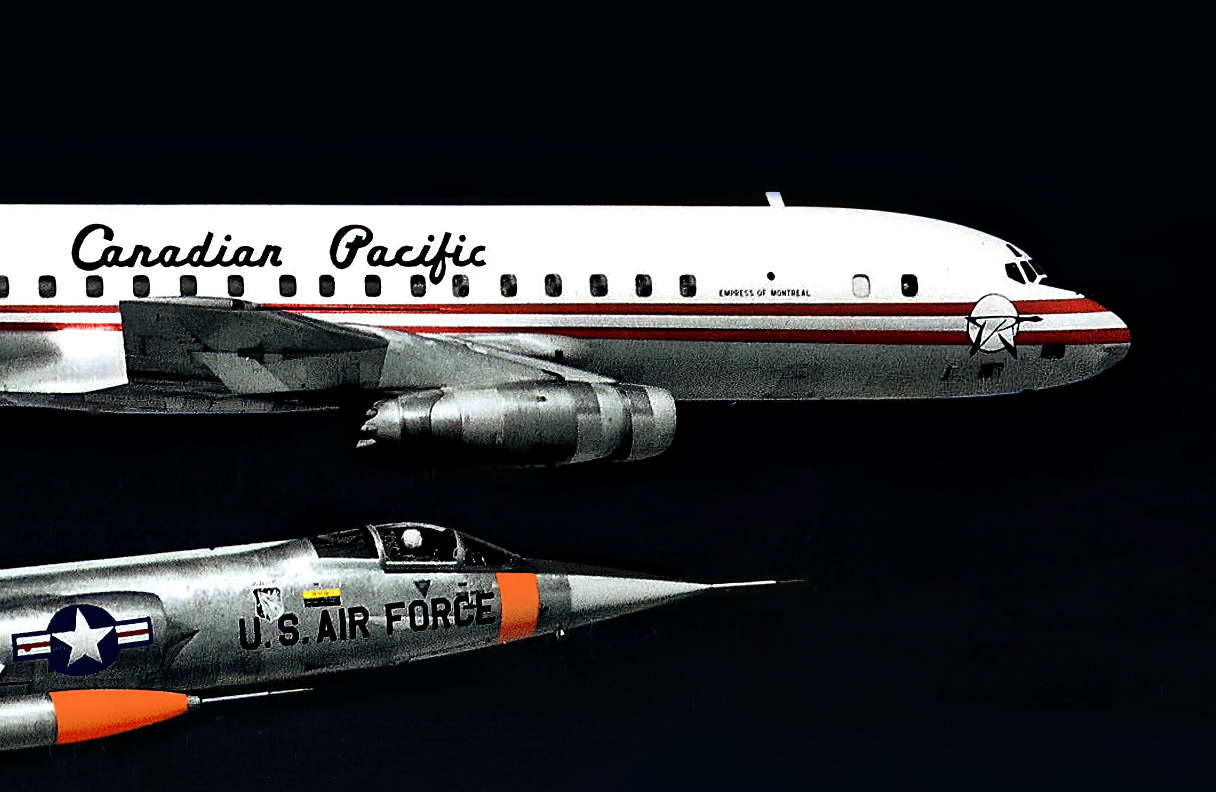Asia-Pacific international travel hit hardest by COVID
08 December, 2020
3 min read


International passenger demand in the once-thriving Asia-Pacific continued to suffer the steepest COVID-19 declines of any region in October as planes on average flew less than a third full.
New figures from the International Air Transport Association showed that October international passenger demand in the Asia-Pacific plunged by 95.6 percent compared to a year ago.
That was worse than the global international passenger demand slump of 87.8 percent and significantly below an 83 percent fall in Europe.
The load factor on Asia-Pacific international flights sagged 40.9 percent to 30.3 percent, the lowest of any region, as capacity tumbled 88.5 percent.
READ: EMIRATES welcomes its 116th superjumbo.
Some recovery in domestic demand — China had almost recovered to pre-COVID levels — meant total demand in the region was down by 61.6 percent, which was better than the global fall of 70.6 percent.
Global domestic traffic in October was down 40.8 percent on the prior year, an improvement on a 43 percent year-on-year decline in the previous month.
Nonetheless, IATA described the improvement in demand as “disappointingly slow”.
“Fresh outbreaks of COVID-19 and governments’ continued reliance on heavy-handed quarantines resulted in another catastrophic month for air travel demand,’’ IATA director general Alexandre de Juniac said.
“While the pace of recovery is faster in some regions than others, the overall picture for international travel is grim.
“This uneven recovery is more pronounced in domestic markets, with China’s domestic market having nearly recovered, while most others remain deeply depressed.”
IATA is continuing to push for a risk-based testing regime to replace quarantine on flights between markets with similar COVID profiles. It has warned that more airlines face collapse unless this happens.
It wants governments to adopt global travel protocols based on recommendations developed by the UN-backed International Civil Aviation Organisation.
The extent of the pandemic’s impact on aviation was starkly underscored by the airline lobby group’s most recent economic outlook which estimated airlines would lose $US118.5 billion in 2020, or $US66 for every passenger carried.
“Now is the time for governments to step up,’’ de Juniac said. “The $US173 billion of support provided to date has enabled the industry to survive, but more is required to carry the industry through to next summer.”
But some governments remain wary of the health risks of further opening international borders and Australia on Tuesday extended its restrictions on overseas travel until March 17, 2021.
Australian Health Minister Greg Hunt said the restrictions had been extended on expert medical advice that the international COVID-19 situation continued to pose an unacceptable public health risk.
The decision means continued restrictions in areas such as the movement of cruise vessels, outbound international travel and the operation of airport retail outlets.
Australia also has a strict inbound quarantine regime.
Get the latest news and updates straight to your inbox
No spam, no hassle, no fuss, just airline news direct to you.
By joining our newsletter, you agree to our Privacy Policy
Find us on social media
Comments
No comments yet, be the first to write one.

